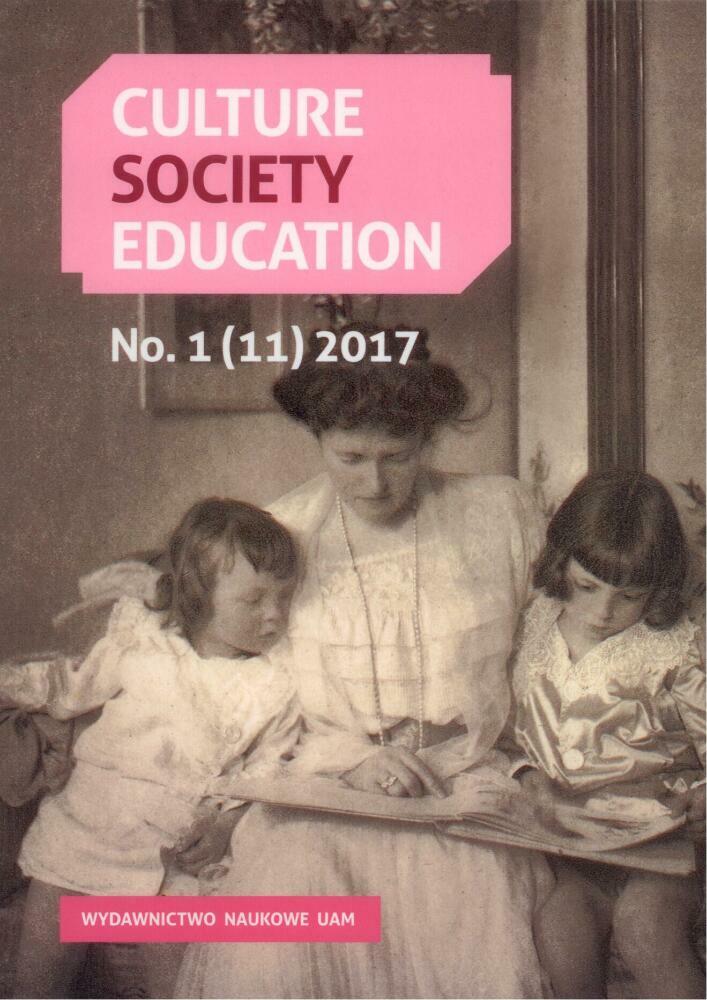Abstrakt
Students with disabilities lack the skills to become independent self-advocates. This article details a training program that was implemented for paraprofessionals who support students with disabilities in public school classrooms in the United States. Results indicated that advanced training of paraprofessionals improved student support which led to greater independence for the students with disabilities.
Bibliografia
Black, J. (2010). Digital transition portfolios for secondary students with disabilities. Intervention in School and Clinic, 46(2), 118-124. doi:10.1177/1053451210374987
Fiedler, C. & Danneker, J. (2007). Self-advocacy instruction: Bridging the research-to-practice gap. Focus on Exceptional Children, 39(8), 1-20. Retrieved from http://web.b.ebscohost.com.lib-proxy.fullerton.edu/ehost/pdfviewer/pdfviewer?sid=4819be3c-4c6d-4bd0-b701-70fd8647572e%40sessionmgr115&vid=76&hid=128
Foster, L., Watson, T., Meeks, C., & Young, J. (2002). Single-subject research design for school counselors: Becoming an applied researcher. Professional School Counseling, 6(2), 146-154.
Gilmartin, A. & Slevin, E. (2010). Being a member of a self-advocacy group: Experiences of intellectually disabled people. British Journal of Learning Disabilities, 38(3), 152-159. doi:10.1111/j.1468-3156.2009.00564.x
Grenwelge, C. & Zhang, D. (2013). The effects of the Texas Youth Leadership Forum summer training on the self-advocacy abilities of high school students with disabilities. Journal of Disability Policy Studies, 24 (3), 158-169. doi:10.1177/1044207312457415
Lane, K., Carter, E., & Sisco, L. (2012). Paraprofessional involvement in self-determination instruction for students with high-incidence disabilities. Council for Exceptional Children, 78(2), 237-251.
Lane, G., & Carter, E. (2012). Preparing transition-age students with high-functioning autism spectrum disorders for meaningful work. Psychology in the Schools, 49(10), 988-1000. doi:10.1002/pits.21651
McGuire, J. & McDonnell, J. (2008). Relationships between recreation and levels of self-determination for adolescents and young adults with disabilities. Career Development for Exceptional Individuals, 31(3), 154-163. doi:10.1177/0885728808315333
Rothman, T., Maldonado, J. M., & Rothman, H. (2008). Building self-confidence and future career success through a pre-college transition program for individuals with disabilities. Journal of Vocational Rehabilitation, 28(2), 73-83. Retrieved from http://web.b.ebscohost.com.lib-proxy.fullerton.edu/ehost/pdfviewer/pdfviewer?sid=4819be3c-4c6d-4bd0-b701-70fd8647572e%40sessionmgr115&vid=31&hid=128
Sheppard, L. & Unsworth, C. (2011). Developing skills in everyday activities and self-determination in adolescents with intellectual and developmental disabilities. Remedial and Special Education, 32(5), 393-405. doi:10.1177/0741932510362223
Test, D., Fowler, C., Wood, W., Brewer, D., Eddy, S. (2005). A conceptual framework of self-advocacy for students with disabilities. Remedial and Special Education, 26(1), 43-54. doi:10/1177/07419325050260010601
U.S. Equal Employment Opportunity Commission. (2008). ADA Amendments Act of 2008. Retrieved from http://www.eeoc.gov/laws/statutes/adaaa.cfm
Wood, C., Kelley, K., Test, D., & Fowler, C. (2010). Comparing audio-supported text and explicit instruction on students’ knowledge of accommodations, rights, and responsibilities. Career Development for Exceptional Individuals, 33(2), 115-124. doi:10.1177/0885728810361618
Zhan, S. & Ottenbacher, K. (2001). Single subject research designs for disability research. Disability and Rehabilitation, 23(1), 1-8.
Licencja
Prawa autorskie (c) 2017 Courteney Mayumi Tse, Melinda R. Pierson

Utwór dostępny jest na licencji Creative Commons Uznanie autorstwa – Bez utworów zależnych 4.0 Międzynarodowe.
